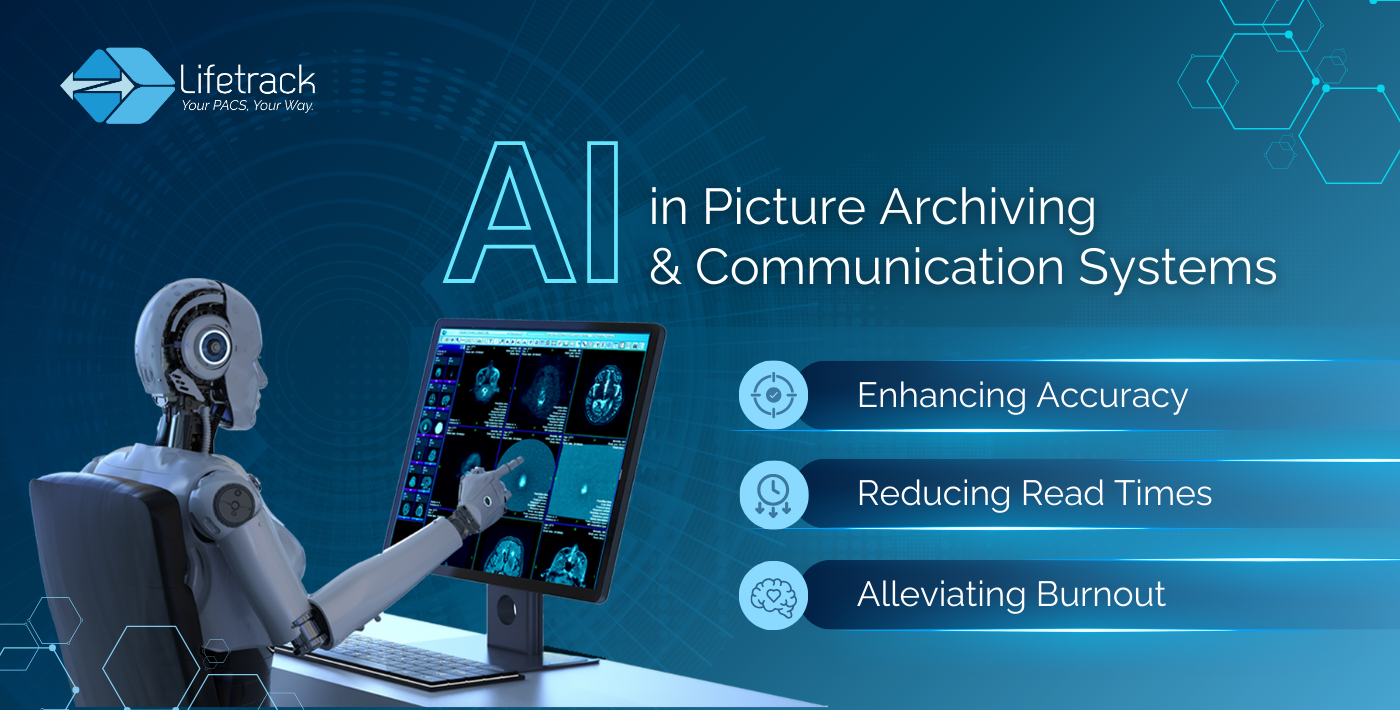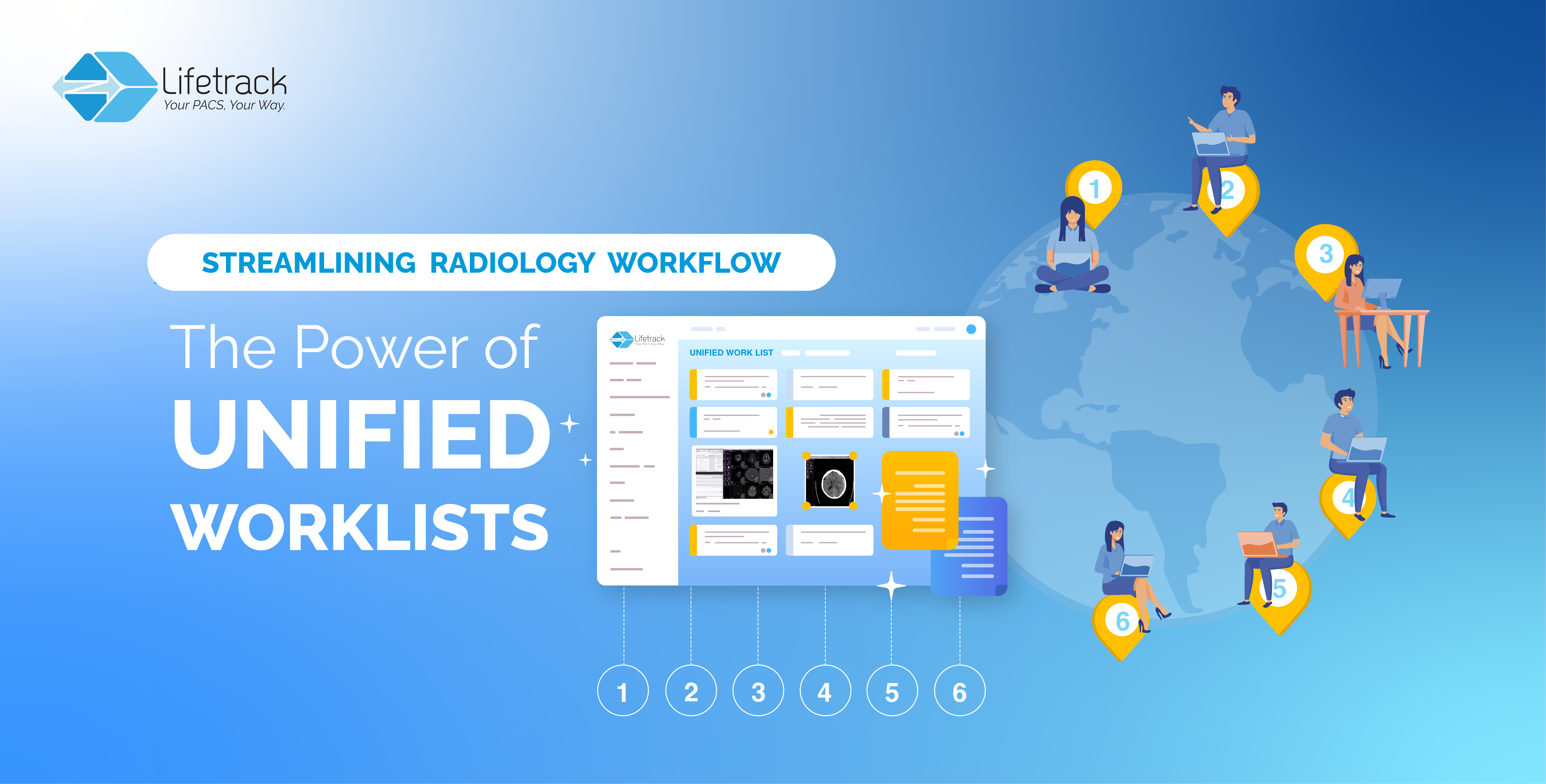
The Future of Radiology
Radiologists today face an overwhelming workload—rising imaging volumes, increasing complexity, and growing pressure to deliver fast, accurate...
Teleradiology: The Here & Now
Modern healthcare has seen a remarkable advancement in radiology services, particularly in the form of teleradiology. Teleradiology plays a crucial role in patient care by enabling remote interpretation of radiological images by radiologists located off-site.
Teleradiology, a subset of telemedicine, involves the transmission of radiological images like X-rays, MRIs, and CT scans from one location to another for interpretation and diagnosis. This innovative field has revolutionized the way radiology services are provided.
Definition and Scope of Teleradiology:
Teleradiology encompasses the use of technology to transmit radiological images such as X-rays and MRIs for interpretation and diagnosis by radiologists located remotely. This allows for efficient and timely delivery of radiology services.
Importance of Teleradiology in Modern Healthcare:
The importance of teleradiology in modern healthcare cannot be overstated. It enables radiology groups to provide services beyond their physical locations, ensuring that patients, especially in rural areas, have access to quality radiology coverage.
Evolution of Teleradiology Services:
Teleradiology has come a long way since its inception. Initially used for after-hours coverage and urgent care situations, it has now evolved to provide subspecialty interpretations with a focus on compliance, licensure, and timely turnaround times.

Advanced Radiology Technologies
Role of Cutting-edge Technologies in Teleradiology:
Technological advancements have significantly enhanced teleradiology services, allowing for the efficient transmission of DICOM images for interpretation. Cutting-edge technologies have streamlined the workflow of teleradiology providers, improving overall patient care outcomes.
Benefits of Advanced Radiology Solutions:
Advanced radiology solutions, powered by innovative technologies, offer numerous benefits such as faster turnaround times, enhanced image quality, and increased collaboration among radiology professionals. These solutions comply with HIPAA regulations and ensure secure transmission of radiological images.
Teleradiology Services in Urgent Care
Integration of teleradiology services in urgent care facilities has significantly improved diagnostic capabilities and treatment outcomes. By allowing remote radiologists to interpret images promptly, urgent care centers can enhance the quality of patient care and streamline the treatment process.
Enhancing Diagnosis and Treatment in Urgent Care Settings:
Teleradiology plays a crucial role in enhancing the diagnosis and treatment of patients in urgent care settings. By enabling prompt access to radiological images and expert interpretations, healthcare providers can make informed decisions leading to better patient outcomes and improved satisfaction.
Improving Patient Outcomes through Teleradiology:
Teleradiology services have been instrumental in improving patient outcomes by providing timely and accurate diagnostic reports. Through the use of advanced imaging technologies and collaboration with remote radiologists, urgent care facilities can ensure efficient treatment plans tailored to each patient's needs.
PACS and Teleradiology
Integration of PACS in Teleradiology Practices:
The integration of Picture Archiving and Communication Systems (PACS) with teleradiology practices has revolutionized the way radiological images are stored, viewed, and shared. PACS enables seamless access to images, allowing radiologists to efficiently review and interpret diagnostic studies remotely.
Efficiency and Workflow Enhancements with PACS:
PACS not only improves the efficiency of teleradiology services but also enhances workflow management in healthcare settings. The digitization of radiological images through PACS streamlines the diagnostic process, reduces turnaround times, and ensures that patient care is delivered promptly and accurately.

Licensure and Regulation in Teleradiology
When it comes to teleradiology, licensing plays a vital role in ensuring the competence and quality of professionals providing remote radiology services. Licensing requirements vary by state, and adherence to these regulations is crucial for maintaining the standards of patient care in telemedicine.
Importance of Licensing for Teleradiology Professionals:
Licensing ensures that teleradiology professionals meet the necessary qualifications and standards to practice in their respective states. It serves as a form of quality assurance, giving patients confidence in the expertise of the radiologists interpreting their imaging studies remotely.
Regulatory Compliance in Teleradiology Services:
Regulatory compliance is essential in teleradiology to ensure that patient information is handled securely and confidentially. Compliance with regulations such as HIPAA is crucial to protect patient privacy and maintain the trust of individuals seeking remote radiology services.
Teleradiology Software Solutions
Software plays a crucial role in facilitating teleradiology processes, enabling the efficient transmission and interpretation of radiological images for remote diagnosis. Teleradiology software solutions are designed to streamline workflow, enhance image quality, and ensure compliance with industry standards.
Role of Software in Facilitating Teleradiology Processes:
Teleradiology software acts as a bridge connecting healthcare providers with remote radiologists, allowing for seamless communication and collaboration in interpreting imaging studies. This technology enables real-time consultations and quick turnaround times for diagnostic reports.
Features and Capabilities of Teleradiology Software:
Modern teleradiology software offers a range of features, including DICOM compatibility, advanced image processing tools, secure data transmission, and integration with electronic health records. These capabilities empower radiologists to deliver accurate diagnoses and enhance patient care outcomes.
Telecare and Remote Radiology Services
Telecare services leverage teleradiology to expand access to healthcare, particularly in underserved areas where onsite radiology services may be limited. By utilizing remote radiology resources, telecare initiatives aim to improve health outcomes and bridge gaps in medical services.
Expanding Access to Healthcare through Telecare Services:
Telecare services offer a lifeline to patients in remote or rural areas, enabling them to receive timely diagnostic evaluations and treatment recommendations from remote radiology experts. This accessibility contributes to improved healthcare delivery and outcomes for individuals residing in underserved regions.
Future Trends in Telecare and Teleradiology:
The future of telecare and teleradiology holds promising advancements, including enhanced telemedicine capabilities, AI-driven diagnostics, and further integration of remote imaging technologies. These trends are poised to revolutionize the delivery of healthcare services and improve patient outcomes on a global scale.


The Future of Radiology
Radiologists today face an overwhelming workload—rising imaging volumes, increasing complexity, and growing pressure to deliver fast, accurate...

The Power of Unified Worklists